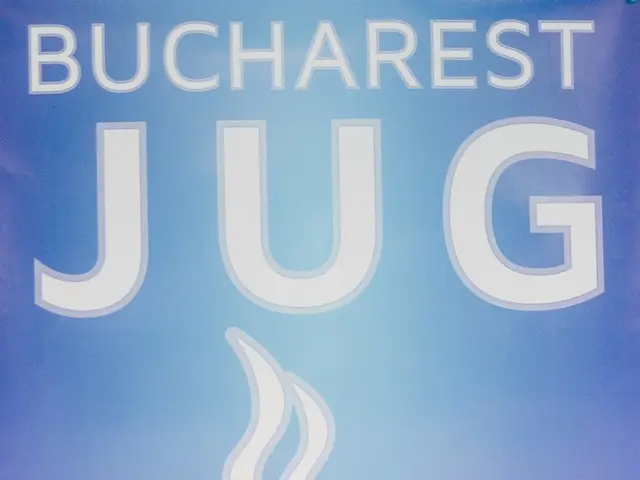Protecting and Cleaning a Hacked WordPress Site: A Guide
In the digital age, the security of your WordPress website is paramount. With up to 30,000 websites hacked daily, according to a Forbes report, it's essential to be vigilant and well-informed. Here's a step-by-step guide on how to identify and fix a hacked WordPress site.
Firstly, updating your WordPress core, theme, and plugins carefully is crucial to avoid website errors. Outdated themes or plugins are often the reason for a hacked website. Always ensure to update these elements after regaining access to your site.
If you find an additional file in your WordPress installation, download it and view it in Notepad. If the code looks dark and encrypted, it's likely a malicious file. Remove such files from your server promptly.
If disabling themes and plugins doesn't work, the main WordPress files might be infected. In the absence of access to the admin panel, disabling plugins and themes one by one can help identify the source of a hack.
If you see any directory or file that shouldn't be there in your WordPress installation, it's very likely that it contains the malicious code. To confirm if a file is a native part of WordPress, download the official WordPress installation directory from the official WordPress website and compare it with your own WordPress installation on your FTP server.
Entering the query in Google can reveal spam pages, indicating a potential hack. Other signs of a hacked website include website redirections, internal server errors, inability to log in, Google warnings, and security plugin alerts.
In case you still have access to the admin panel, adding additional administrator users, putting the site in maintenance mode, and installing a security plugin like WordFence can help. These plugins can help identify and clean malicious files from a hacked website.
WP Engine, a secure hosting solution for WordPress websites, offers free SSL certificates, platform-level protection against threats and external attacks, managed WordPress updates, easy integration of CDN solutions, and community support as part of its security solution.
Lastly, maintaining the recommended file and directory permissions is crucial. Set file permissions to 644 and directory permissions to 755. Making a full backup of a WordPress website is also important before attempting to fix a hack. Creating a WordPress test site and making all changes there is the best way to update your website without the risk of downtime.
By following these steps, you can effectively secure your WordPress website and maintain its integrity. Stay vigilant, and happy blogging!
Read also:
- Peptide YY (PYY): Exploring its Role in Appetite Suppression, Intestinal Health, and Cognitive Links
- House Infernos: Deadly Hazards Surpassing the Flames
- Rare Genetic Disease Affecting a Child: Lend a Hand to Those in Need
- Aspergillosis: Recognizing Symptoms, Treatment Methods, and Knowing When Medical Attention is Required




